5 Significant Differences (Attitudes) Separating Average and Higher Performance Teams
What would you say are the most significant differences separating average performers from those winning today?
In a word, it is the Attitude of THE Leader and how that impacts the Attitudes of the Leadership Team.
The leaders of growing systems almost always share a typical attitude.
So do the leaders of declining campuses.
And that attitude has a profound influence on the performance of the organization.
Attitude may not be everything, but it’s close.
Here are five attitudes that separate average from Higher Performance teams.
1. We Can v. We Can’t
Perhaps the most significant difference I see between Higher Performance teams and the average ones is the attitude around what’s possible.
Growing campus teams believe they can.
Average teams believe they can’t.
They’re both right.
One of my all-time favorite quotes is Henry Ford’s “Whether you believe you can or believe you can’t, you’re right.” He’s 100% correct.
Growing teams find (or make) a way when there’s no way, which seems to be the model of grit and faith needed to move the work forward in these challenging times.
Ask yourself when you and your team sit around the leadership table, do you come up with 20 ways to make it happen or 20 excuses why it won’t work? Your answer to that question tells you far more about your campus culture than you might imagine.
Growing teams believe they can. It’s that simple. And even if they’re wrong, at least they’ve tried and modeled the way of persistence and the discipline of taking smart risks.
2. Them v. Us
Declining teams focus on themselves.
Growing teams focus on the people they’re trying to reach.
If your leadership team conversations are primarily all about the needs and wants of your staff and not your mission, it’s a sure sign that your campus is inward-focused.
Correct me if I am wrong. The mission of your campus is to impact the prosperity of your community (and beyond). Growing campus cultures know that, and they live it.
Nobody likes to fight for the greatest good of others alongside self-centered people.
If your impact is becoming smaller and smaller, you may want to ask yourself if you’re becoming more about those on your payroll vs. those they are called to serve.
3. Principles v. Preferences
Declining systems focus on their people’s preferences.
Bill prefers to work from home.
Michelle wants reserved parking.
Fran wants to use the old LMS system.
And so, the leader swirls and scurries, trying to please everybody.
Declining systems bend to the preferences of their people.
Growing campuses take care of their people while bending to the needs of their mission.
In fact, they focus on the purpose-driven principles that will help them reach more people.
Is your leadership team principle or preference driven? There’s a world of difference between the two.
4. Proactive v. Reactive
This is a close cousin of points 2 and 3 above, but the difference is deadly or life-giving depending on where you land.
Growing campuses are proactive. They choose their agenda and immediately get on issues that can impact their future.
Declining campuses are reactive. They allow the preferences of the self-interested to determine the agenda and then react to those problems as they arise.
In fact, the educational systems in decline are so busy reacting to the noise on the inside that they literally can’t get around to charting a new course for the future.
Activating winning strategies are only available to the healthy.
If you cannot chart a course for the future, eventually, you will have no future.
Growing systems have a strong bias for setting their agendas based upon what the mission, vision, and values require.
Leaders serving growing campuses simply refuse to yield to the agenda of others that would take them off mission. As a result, they are far more effective and win more often.
But only if their measuring stick is outward-facing.
5. Now v. Eventually
Growing systems act. And they act now.
Declining systems don’t.
Declining campuses don’t actually say they won’t act. They just say they’ll get to it ‘eventually,’ or someday, or ‘when the time is right—which means never.
By contrast, great leaders and their teams banish the word ‘someday’ and other cowardly words from their vocabulary.
If you want to be effective, you act.
If you want to be ineffective, you don’t.
Talk without action has little value. And too many campus leaders specialize in talk.
In addition, too many campus teams meet for the sake of meeting.
To talk.
The world is moving fast.
If you can’t remember the last time you made a significant decision that altered the course of your system, your leadership culture is average and in need of a tune-up.
If you talk about the same issues meeting after meeting with no resolution, you’re spinning your wheels and at risk of losing your best talent.
Does that mean you have to act on everything? Well, yes and no.
If you’re not going to act, strike the item off the agenda and move on.
If you are going to act, act. Now.
Just make a decision and move on with it. Don’t get stuck in the no man’s land of believing the lie that talking about things solves things.
As my friend Dr. Ric Dressen says, "action produces traction." So act.
Break Through The Barriers That Prevent Your Campus From Growing.
It can be discouraging to put your heart into your system and team while still seeing it plateau or, worse, decline. But that’s the reality facing many campuses leaders today.
According to one study, 94% of our public institutions aren’t growing. That means more than 9 out of 10 schools, districts, and colleges are stuck or losing ground.
Sadly, people in your community are experiencing widespread polarization and hopelessness, and they need healthy campus leaders more than ever. So, why does keeping people in your schools (much less attracting new learners) feel like such an uphill battle?
It’s time to reverse that trend through pivotal decisions with your leadership team.
Leader and Team Health are significantly connected to the overall strength of your Organization’s Performance. Accelerating Team Performance will prepare you for growth by removing obstacles in your control.
Learn how to navigate the Six Lead Measures of Organizational Health that will inject clarity and direction into your mission and help remove the barriers that stand between you and advancing your mission.
Learn more about Accelerating Team Performance Here:
P.S. Whenever you are ready here are the 2 best ways I can help you:
1) Get your FREE guide: 5 Evidence-Based Practices to Reclaim More Team Engagement with Less Effort: www.higherperformancegroup.com/reclaim
2) Schedule a Call. Let’s talk about the obstacles (and opportunities) that you & your team are currently facing. www.higherperformancegroup.com/schedule
More Blog Articles



